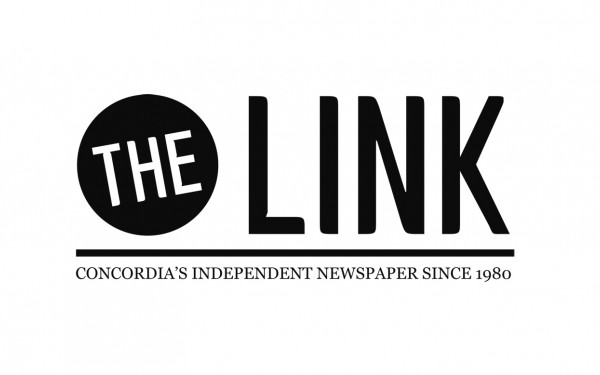Your Silence Is Deafening
Social Media Returning to Normal Doesn’t Mean It’s Over
The brutal murder of George Floyd on May 25 sent a jolt of rage through America and the world. It brought the Black Lives Matter movement back into household conversations, garnering massive mainstream media coverage for weeks as protests emerged across the divided nation.
People started to flood their social media timelines with #BlackLivesMatter. Infographics and paragraphs written over pastel backgrounds were reposted infinitely over people’s Instagram stories. Information was being disseminated at an impressively quick pace. Petitions started stacking up names, donation pools began to run over, and the protests only grew in size.
If an account was staying silent, it meant they were on the side of the oppressor. The revolution happening south of the border is impossible to ignore. Those choosing to stay silent were speaking volumes.
But then #BlackoutTuesday struck. Originally intended as a way for Black musicians to “disconnect with work and reconnect with [the] community,” it quickly went against the movement.
It was supposed to be a time for Black people in the grassroots music industry to use their platform to educate their followers. Instead, it was picked up by people previously silent on the injustices at hand to show their support for #BlackLivesMatter.
Some posted a black square on Instagram not knowing how counterintuitive it was, and deleted it after learning more. The strong majority overwhelmed the timeline with black squares captioned “#blacklivesmatter” followed by racially diverse fist emojis. Their posts were devoid of substance and served no purpose beyond making them feel like they did something good today.
At the same time, as mainstream media kept pushing the narrative that these protests were teeming with rioters and looters waiting for the chance to burn their cities down, Twitter and Instagram were the only place to find accurate depictions of what was really happening at these protests.
Seeing countless videos of police inciting violence and firing rubber bullets and tear gas canisters at unarmed protesters became normal on Twitter. The videos started to look the same; chemically green clouds sweeping over scattering protesters, people being thrown to the ground by cops clad in riot gear, and peaceful protesters being arrested for exercising their First Amendment right that Americans hold so dear.
Social media became a way for protesters to communicate and keep track of what was really happening. The BLM hashtag became a way to quickly spread information, and a way for white people and non-Black people of colour to educate themselves on how to help the cause.
Circle back to #BlackoutTuesday. As these black squares overran social media, it also took over the BLM hashtag. What was once brimming with vital information was now diluted with informationless black squares. Searching “#BlackLivesMatter” showed results of a neverending sheet of blank blackness. It became impossible to find anything and for a short period in time, the hashtag was rendered virtually useless.
Millions of people were taking a stand—by saying nothing. Those previously silent wanted to show their support for the cause in the laziest way possible. A blank screen and hashtag, then going back to business as usual. Their ability to ignore what’s happening is a privilege.
While #BlackoutTuesday was seen largely as a failure, some chose to see the light in the situation. “It lowkey shows that you can mobilize millions of people,” said Nathan Zed, a Black YouTuber, in a video posted on June 7.
Even still, some people held fast in their silence. People I know who eat up Black culture still sat idly by. They consume the music, the fashion, the entertainment, but their love for Blackness stopped when it came time to lend a helping hand. The same people that drink up Drake and Travis Scott were radio silent.

“At this point, if you’re for the movement, you’re for the movement,” Zed continued in his video. “If you’re not, just move out of the way.”
And now, the timelines are returning to normal. As if #BlackLivesMatter was just that: a hashtag, a trend, a blip in 2020’s chapter in history. The regurgitated tweets started to slither their way back to my timeline, and people started posting selfies and pictures of their outfits like everything was back to normal.
But that couldn’t be further from the truth. Protesters have been gathering for 16 days straight in Missouri, and across the nation people continue to march. City officials in Minneapolis, the same city where George Floyd was murdered, approved a year-long process to rebuild public safety procedures—relying more on community involvement and less on the police. Several statues memorializing racist politicians and figures in history have been torn down and thrown into various bodies of water.
It’s becoming increasingly easier to ignore what’s happening, and ignoring it is the easy way out. But don’t come around years later acting like you were at the forefront fighting the good fight when in reality you decided to sit this revolution out.


_600_832_s.png)




_600_375_90_s_c1.jpg)